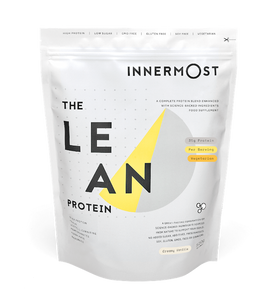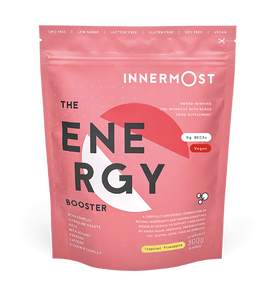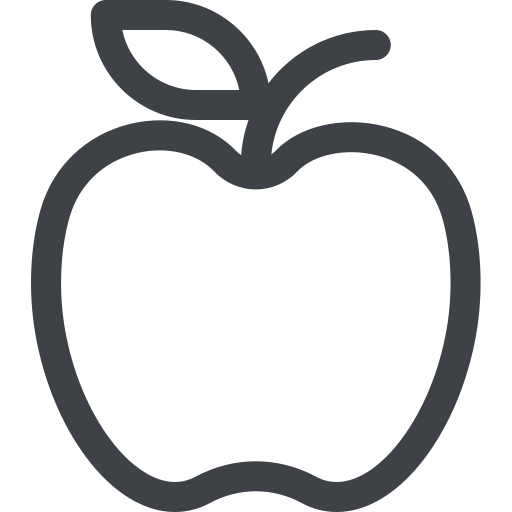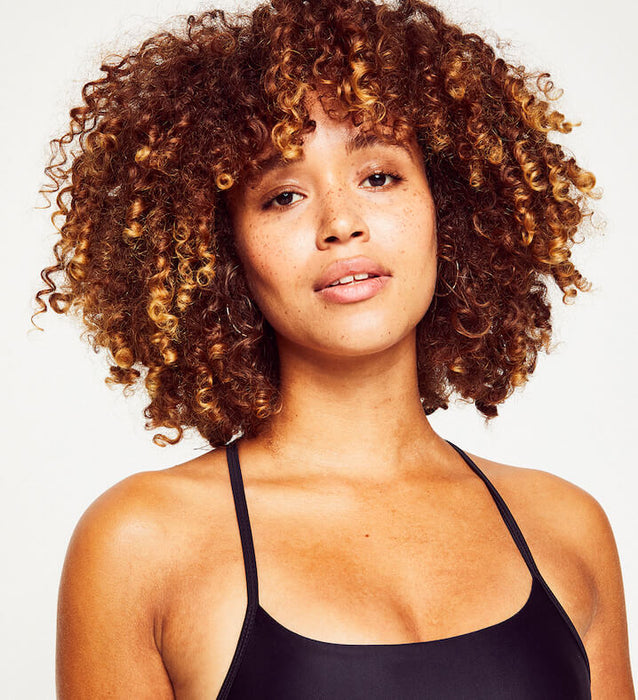Looking for sports that get you ripped? Eyeing up your favourite sports stars and admiring their physique and top-tier sporting ability?
More often than not, top sports people are lean, toned and muscular, and this body type represents a lot of people's fitness goals.
Whilst it's true that they hit the gym for strength, they didn’t get their physiques by spending all their time there. Oh no. A lot of athletes can thank their participation in some of the best sports for fitness and toning, actually. And that's because sport is a great way to introduce some variety to your workouts, get you out of the gym and help you have fun whilst torching some calories.
So - want to get involved but you're not sure on the best sports for getting lean? Here's a handy list for you...
Sports for weight loss: Swimming
Professional swimmers have a lean, athletic physique. Swimming is great for burning calories, boosting metabolism, and working your muscles without putting stress on your joints.
An easy swim burns around 500 calories an hour, while a vigorous effort can blaze 700. And because water is 800 times denser than air, each kick, push, and pull is a mini resistance workout for your entire body. Especially your core, hips, arms, shoulders, and glutes. So in addition to torching calories, you build lean muscle, which ignites your metabolism so that you burn more calories once you're back in your clothes.
Sports that make you lean: Rowing
Rowing is one of the best sports for your overall fitness. One of the most physically demanding sports on the planet, Rowing is absolutely one of the best sports for getting lean. Rowing makes for an optimal workout for getting lean, as it works almost every muscle in your body. The sport also requires strict discipline and great stamina, making this a great option for those that want to get ripped.
Best Sport for Getting Fit: Running:
Running is not just a cardiovascular workout; it's a powerful tool for sculpting a lean physique. As you hit the pavement or trail, your body engages in a dynamic full-body exercise that torches calories and burns fat. The repetitive motion of running activates major muscle groups, fostering both aerobic and anaerobic fitness. This dual impact enhances metabolism, encouraging the body to tap into its fat reserves for energy. Moreover, the post-run period, known as the afterburn effect, continues to burn calories, contributing to weight loss and a leaner physique. Incorporating running into your fitness routine not only strengthens your cardiovascular system but also provides a time-efficient and effective means to shed excess pounds and reveal a more toned, leaner you.
Sports for a lean body: Boxing
A two-in-one cardio and strength workout, boxing targets the entire body as well as improving coordination, reactivity and agility, making it one of the best sports for your fitness and getting lean. You can blast up to 400 calories per hour working the heavy bag and 600 calories per hour sparring. The combination of activities, addition of plyometric work and other fast-paced conditioning can easily send that number over 1,000 in a single workout. You’ll also be able to throw a punch if you really, absolutely, unavoidably have to.
Best sports to get ripped: MMA (Mixed Martial Arts)
In terms of the best sports for getting lean, MMA is really up there. If you're not sure what MMA is, it's is a selection of disciplines taken from different Martial Arts. It's one of the best sports for toning as MMA is an intensive workout that helps develop flexibility and strength, and is guaranteed to push you to your limits both physically and mentally.
Two types of Martial Arts worth considering within MMA are Muay Thai - similar to kickboxing as a high intensity stand-up, combat sport based on kicking and punching and Brazilian Ju-Jitsu - a controlled self defence system focusing mainly on grappling and wrestling. Get involved and you’re officially on your way to becoming a bad-ass... just like Meagan, Ashley and Stephanie.
Best sports for getting ripped: Gymnastics
Fancy upping your muscle strength, defying human form and being able to do a backflip? Aside from being an ultra cool sport, gymnastics is a fantastic sport for upping your overall fitness levels, and is great for both men and women.
Aside from taking up a taster session for each of our sports that get you ripped above, if you're serious about getting leaner, we recommend taking a closer look at The Weight-Loss Collection - particularly The Lean Protein, of course. Our Lean range of products have been crafted to help you slim down, tone-up and fine-tune in a responsible and sustainable way.
Photo cred: @meagankong, @ashleyguarrasi and @stephanie.h.park (Instagram).



















